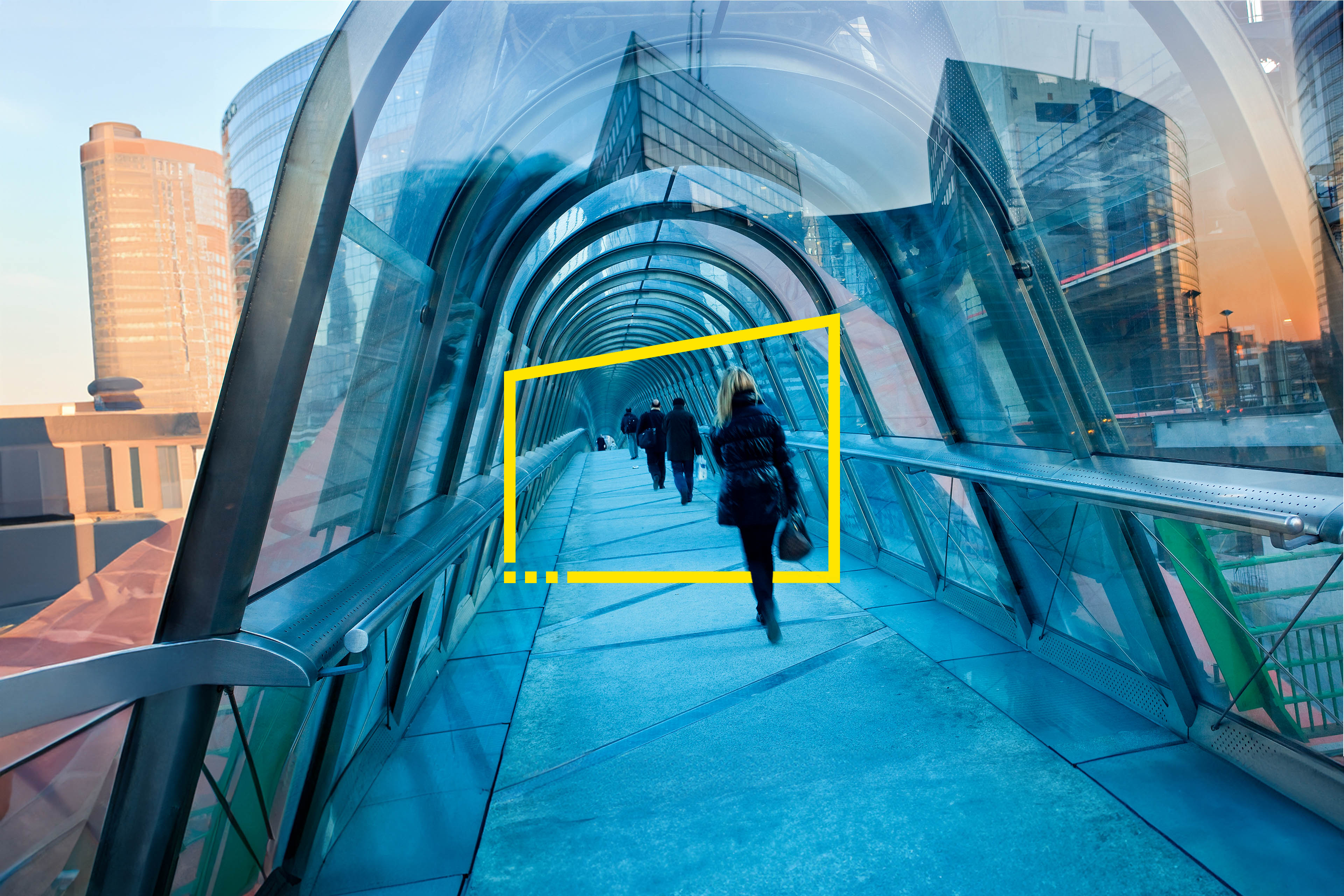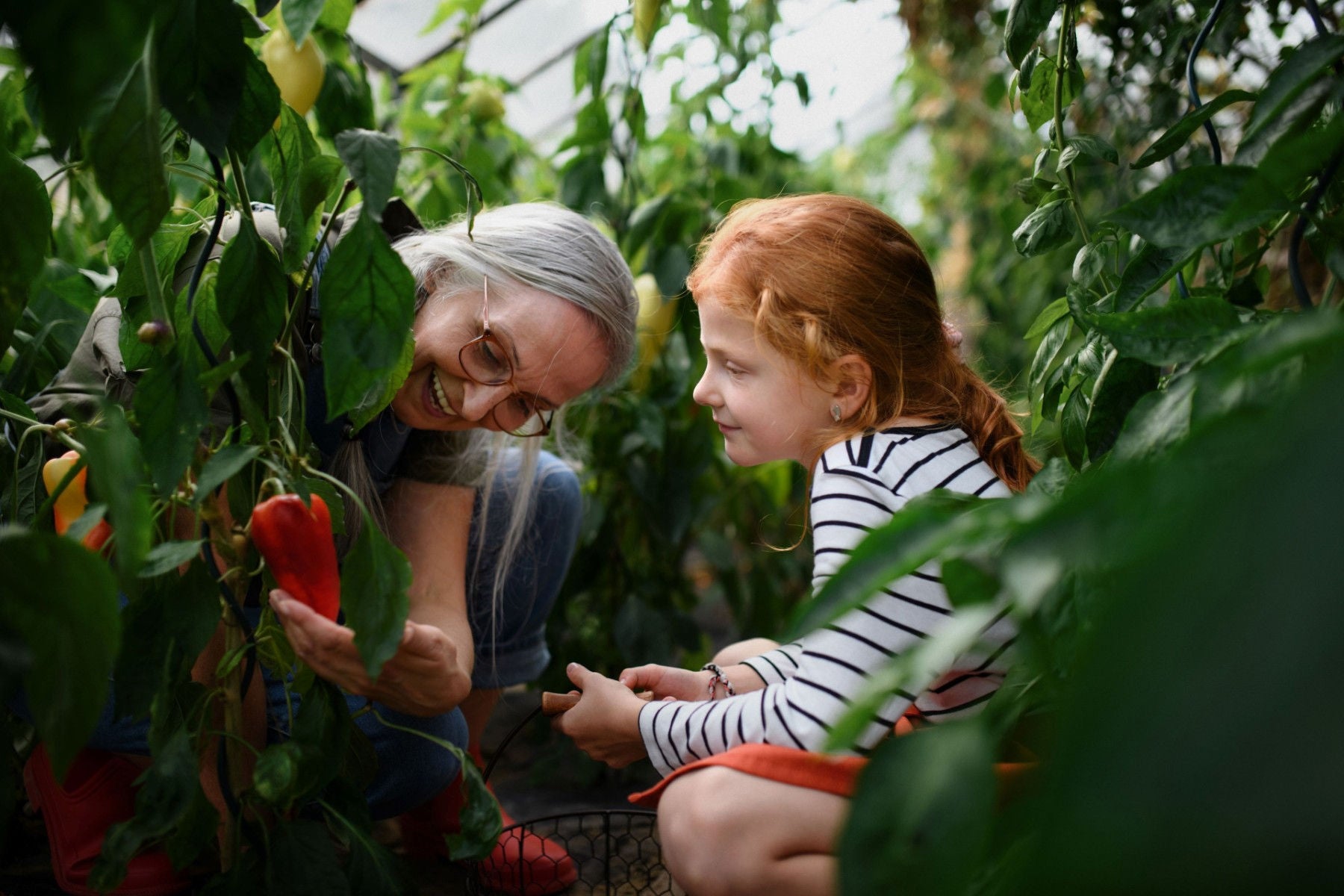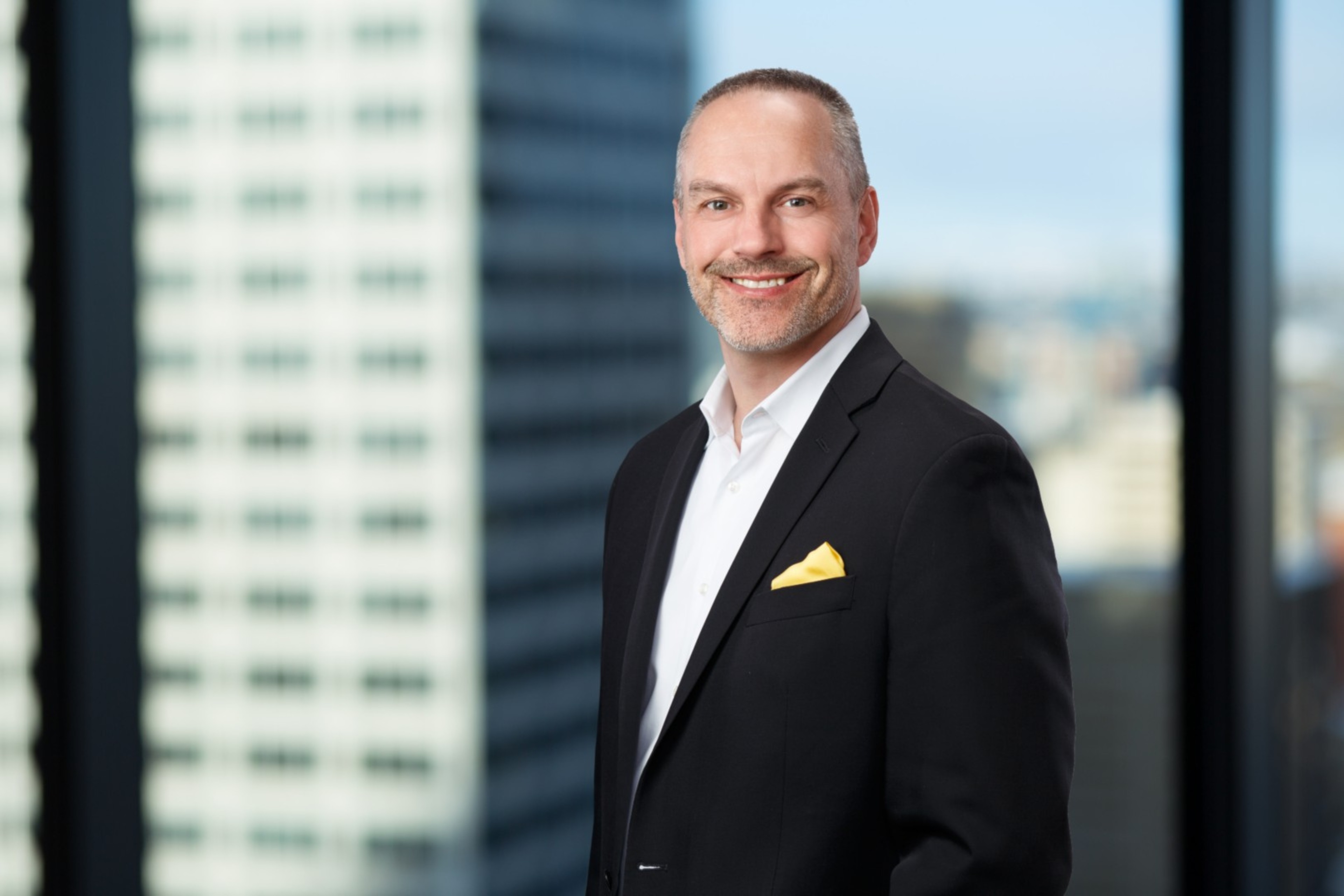EY refers to the global organization, and may refer to one or more, of the member firms of Ernst & Young Global Limited, each of which is a separate legal entity. Ernst & Young Global Limited, a UK company limited by guarantee, does not provide services to clients.
How EY can help
-
Our People Advisory Services team can help your business build a workforce with the right capabilities, profile and focus to meet your goals. Learn more.
Read more
What does that look like in practice?
In 2023, the market watched as thousands of tech-giant employees staged a walkout based on two primary issues: a return-to-office mandate and a change in stance on sustainability. You might assume that Gen Z and Millennials drove this action. In fact, the walkout spanned four different generations. And that’s more common than you might assume.
The EY Workforce Reimagined research and experience supporting clients across Canada shows us that attitudes around hybrid work, as well as green and sustainability initiatives, tend to be surprisingly consistent among the four generations. Yet, while they care about the same issues, employees across generational groups have different preferences on exactly what an organization should do about those priorities.
Let’s say your organization is focused on supporting lakeshore cleanup programs in the neighborhoods where your plants operate. Experience tells us that Generation X employees are more likely to favour straight-up financial support or fundraising. They’d like the organization to donate towards a cause that supports a sustainable shoreline. Among younger generations, you’d likely find a greater appetite for time off so they can go out and volunteer, playing a hands-on role in the program itself.
While these broad brushstrokes are a starting point for a sustainability strategy, they’re more complex than at first glance. That’s because it’s also important not to assume that everyone, in each generation, is seeking the same thing either. In fact, they’re likely not. Even when folks within a certain demographic or generational group share an overarching concern, digging a layer deeper often reveals there are divergences and distinctions even within the larger group.
We’ve long known that people thrive when ESG frameworks put humans at the heart of strategy design. That means there can be no true ESG success without doubling down on the core, where people converge to make an impact. This applies to the very way those frameworks are designed, too. Putting humans at the centre of your approach is the first step to ensuring it is flexible and adaptable enough to succeed in a workforce as diverse as ours is today.




